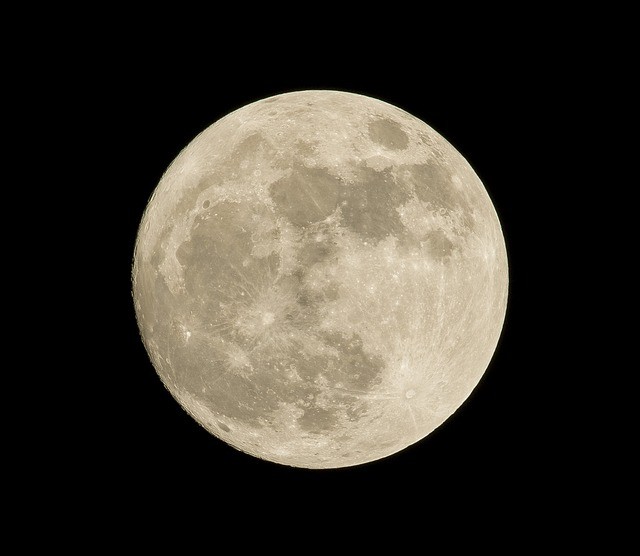The Moon is Earth’s only proper natural satellite. At one-quarter the diameter of Earth, it is the fifth largest satellite in the Solar System overall.
The Moon orbits the Earth at an average lunar distance of 384,400 km, its gravitational influence is the main driver of Earth’s tides. Its surface gravity is about one-sixth of Earth’s.
Moon Facts
The Moon is the Earth’s natural satellite.
It is Earth’s only natural satellite.

It orbits the Earth and also orbits around itself.
The Moon takes 27.3 days to orbit the Earth.
Our moon is the fifth largest in the solar system.
On average, the Moon is 384,403 kilometers away from Earth.
There is a mountain on the Moon that is 4700 meters high.
The side of the Moon that we do not see is often called the dark side
Both sides of the Moon see the same amount of sunlight.
The first successful attempt to land an unmanned spacecraft on the Moon occurred in 1966.
Neil Armstrong was the first person to step foot on the Moon.
The Moon’s surface contains craters due to comets and asteroids that have hit its surface.
The Moon’s temperature ranges from -172 °C at night to 126 °C.
The diameter of the Moon is 2159.2 miles
The crust of the Moon is on 43 to 93 miles thick.
The Moon is one-quarter the diameter of the Earth.
The moon’s gravity is one-sixth of that on Earth.
The Moon is about 4.5 million years old.
The moon does have an atmosphere, but it’s very weak and thin.
The change in the appearance of the Moon is called Moon Phases.
There are 8 main phases of the moon.
These are Full Moon, Waxing Crescent, First Quarter, Waxing Gibbous, Full Moon, Waning Gibbous, Last Quarter, and Waning Crescent.
The Moon is slowly drifting away from Earth.
Every year, the Moon moves roughly 3.8 cm farther away from Earth.
The rise or fall of tides on Earth is caused by the Moon.
Only 12 people have ever walked on the Moon.
There are over 500,000 craters on the Moon’s surface.
A lunar eclipse is when the Earth passes between the Sun and the Moon.
A solar eclipse is when the Moon passes between the Sun and the Earth.
The Moon is not a perfectly round sphere, it is egg-shaped.
Aitken is the name of the Moon’s largest crater, which measures 1,240 miles
Terrae which is the Latin word for “land” is the name given to the light-colored regions of the Moon.
Maria which is the Latin word for “seas” is the name given to the dark lunar plains.
The Moon has its own quakes and can last 30 minutes.
The first spacecraft to reach the Moon was Luna 1 in 1959.
The USA considered detonating a nuclear bomb on the Moon in the 50s.
In 1967 an international law was written that prevents any nation from owning the moon.
Video
